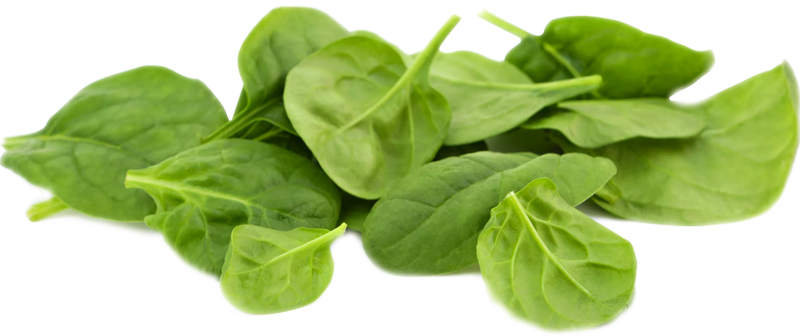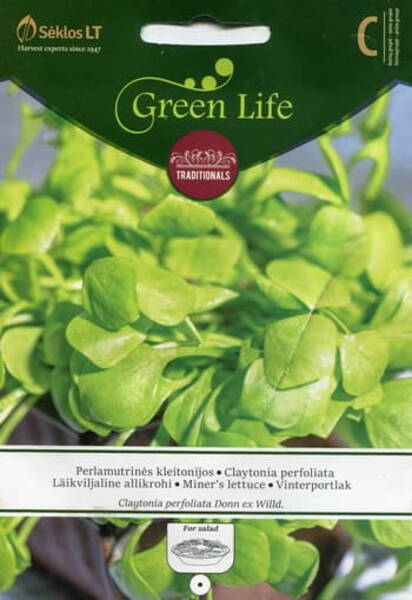An annual plant with fleshy, heart-shaped leaves. The leaves have a pleasant aroma of purslane, along with stems and flowering shoots are used to prepare salads. Rich in vitamins, minerals, has tonic properties, improves digestion.
Agriculture.
The best predecessors are cabbage, potatoes, under which organic fertilizers were applied. In autumn, plowing or digging is carried out with the introduction of humus. Acidic soils require liming. Mineral fertilizers are applied in spring. Seeds are sown in open ground in early April, in wide rows with row spacing of 10 cm. The sowing depth is 1 cm. Before and after sowing, rolling is carried out. When dense seedlings appear, thinning is performed twice: in the phase of one true leaf at a distance of 5-7 cm, leaving a distance of 15-20 cm between plants. After thinning, top dressing is carried out with a solution of complex fertilizer.

Cultivation of claytonia.
Claytonia is photophilous and moisture-loving: it actively grows after good watering, but loves loose and drained soils with an acidity of 6.1-7.8. Suitable for year-round cultivation in greenhouses and on windowsills.
Seeds are sown, planting to a depth of up to 0.5 cm (when sowing, they are mixed with sand so that the seedlings do not have to be thinned out further). Grow in moist conditions.
Optimum plant density is 10-12 cm apart and 25 cm in rows.
The seeds germinate pretty quickly. The culture is early maturing, from sowing to cutting leaves takes 20-25 days. Greens can be cut repeatedly without affecting the growing point of the outlet. From each plant, up to 100 g of useful greens are obtained from one cut.
When blooming, claytonia does not lose its taste. With the onset of the hot summer period, claytonia must be watered intensively, since the aerial part begins to taste a little bitter, drying out and acquiring a reddish tint (plants die off completely in drought). Moreover, the roots of dead plants do not need to be removed from the garden at all, since claithonia is an excellent green manure crop that improves the structure and composition of the soil.
Eng.: Indian lettuce, Winter purslane, Miner`s lettuce. Suom.: Talviportulakka, Salaattikleitonia. Sven.: Vinterportlak. Montia perfoliata. Bot.syn.: Claytonia perfoliata Donn ex Willd., Limnia perfoliata.












